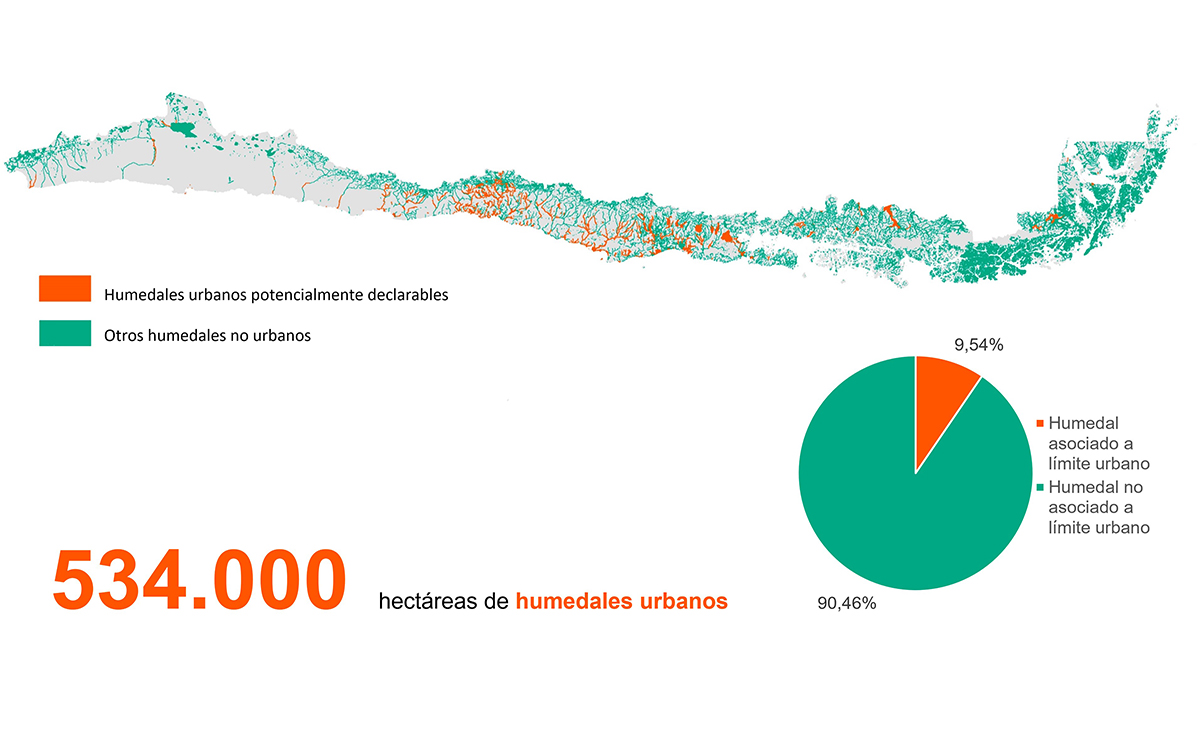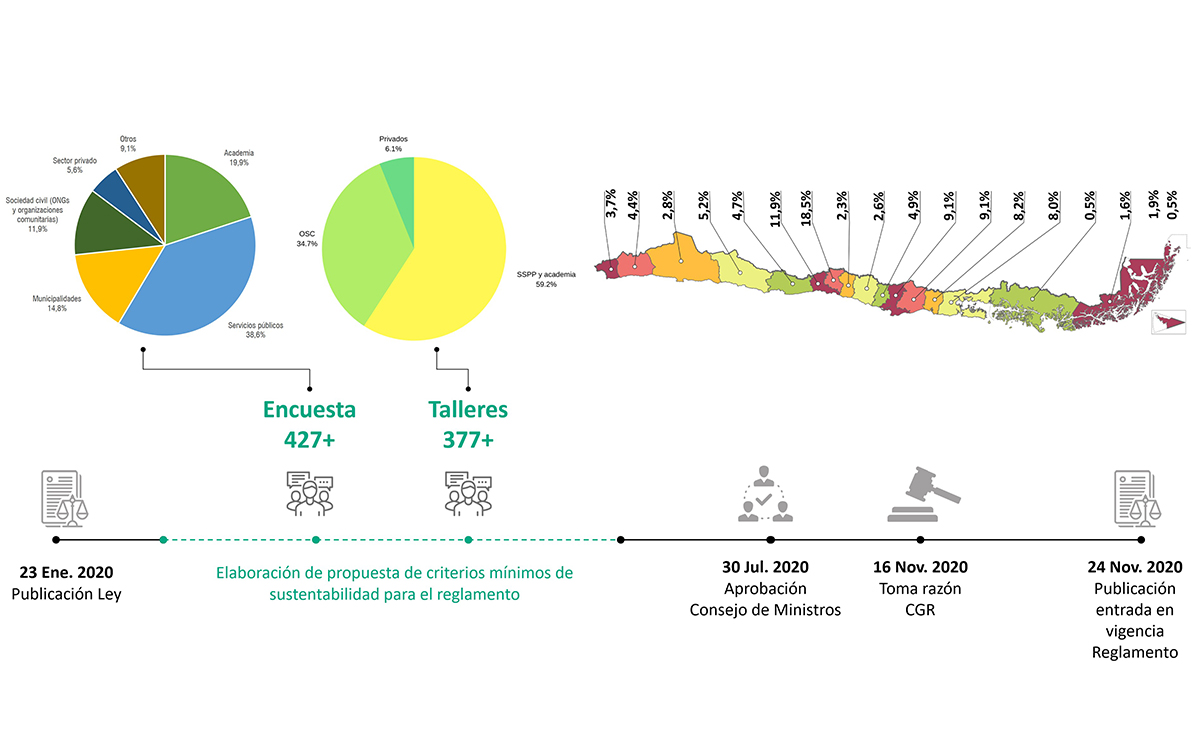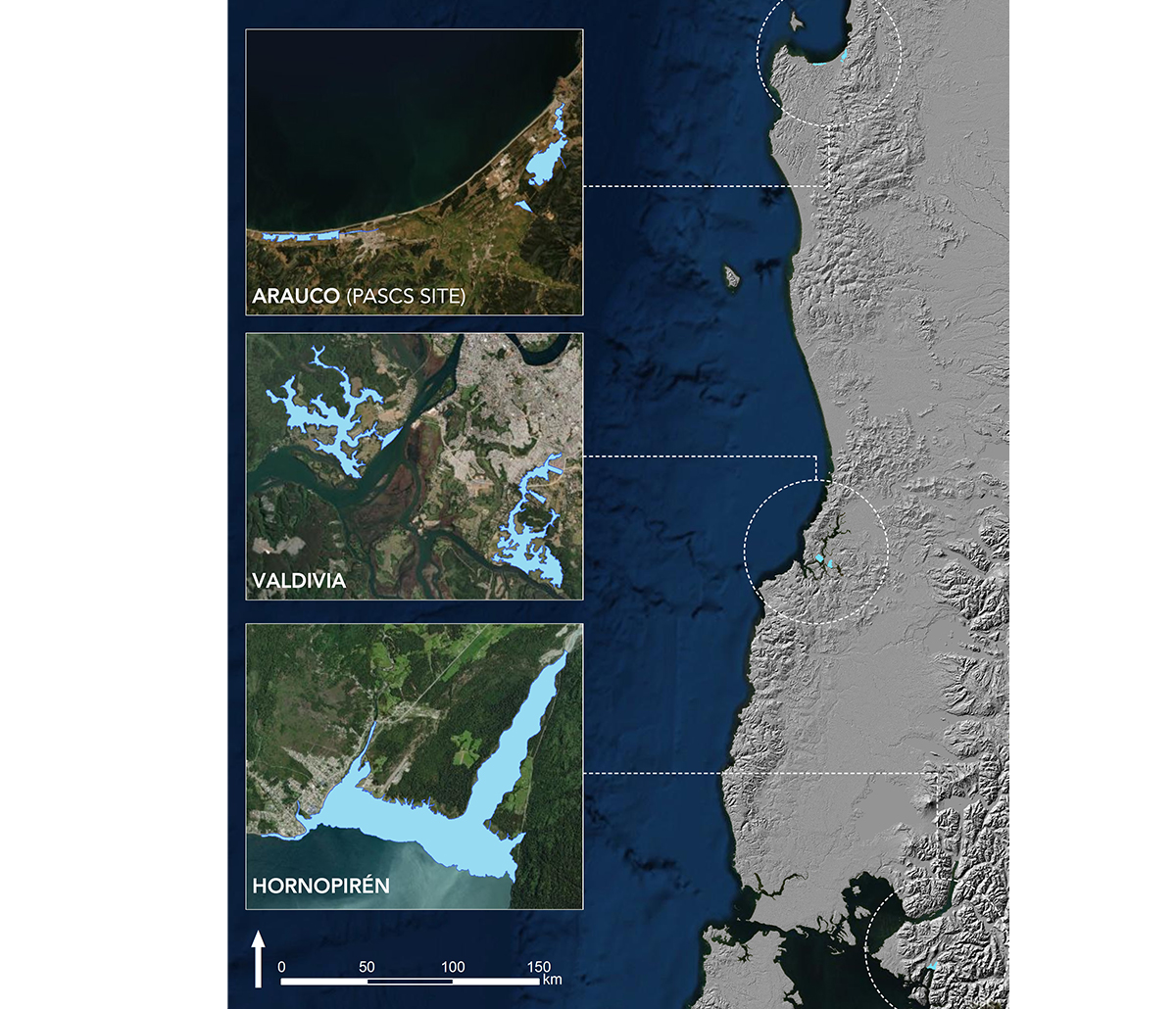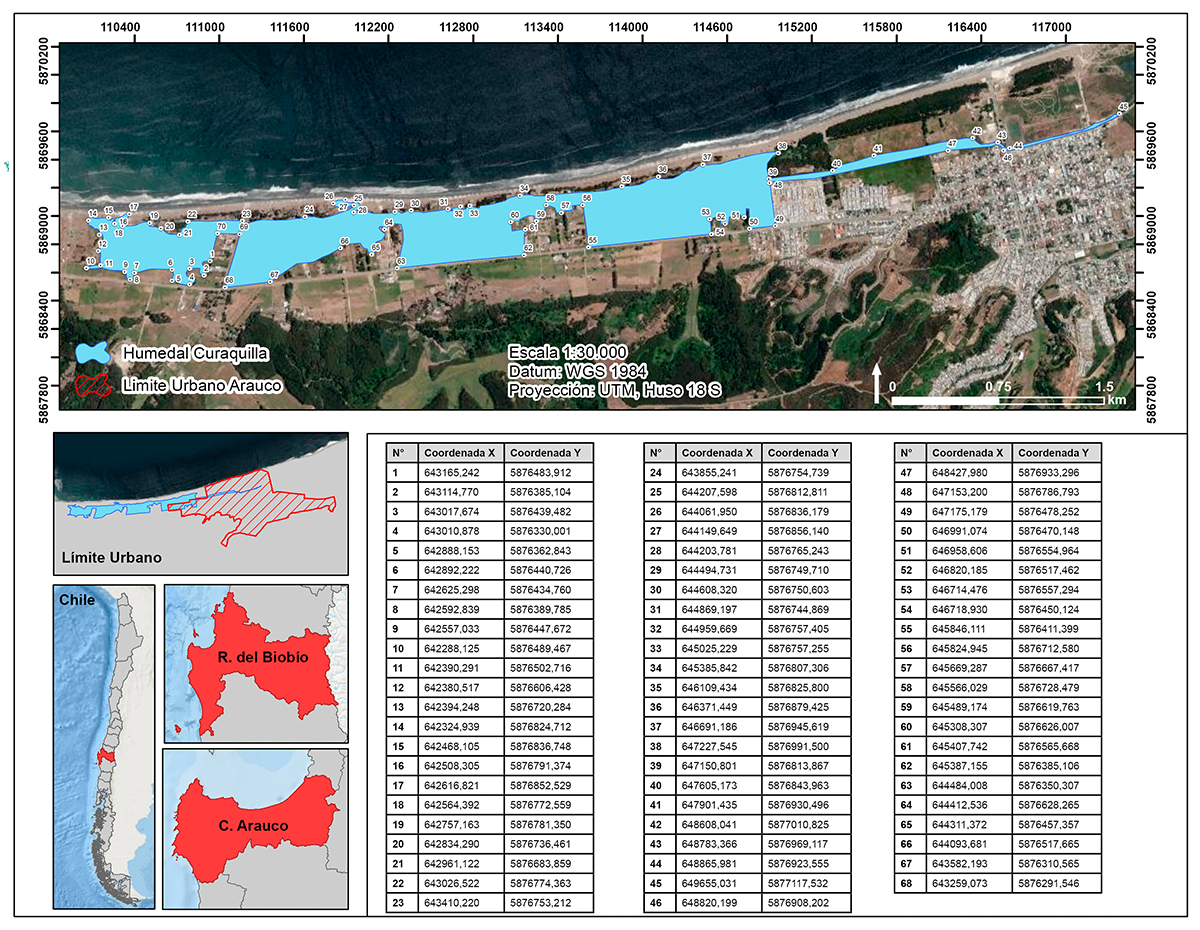Conservation contributions of urban wetlands in Chile: implications for conservation and for the sustainability of urban environments.
By. Flavio Sciaraffia (CSF 2020)

In early 2020, the Chilean Congress passed a law to protect wetlands in urban contexts. This law represents a paradigm shift in nature conservation, indicating that nature conservation does not necessarily imply incompatibility with human activities. It proposes that as long as the ecological character of wetlands is maintained, human activities are welcome. This is defined as wise use and is conceived as a more contemporary approach to nature conservation, leaving aside more traditional paradigms such as restricting activities, use and even access to areas of ecological value.
Prior to this legislation, urban wetlands lacked legal recognition, which prevented them from being assigned a conservation category. The law defines urban wetlands as all those wetlands -which in turn are defined according to the parameters of the Ramsar Convention- that are totally or partially within the urban boundary determined in the territorial planning instruments. Following this definition, in Chile there are about 534,000 hectares of urban wetlands, which corresponds to 9.5% of the total number of wetlands in the country. Being embedded in cities with development dynamics, these ecosystems are subject to a series of threats such as drainage, infilling and fragmentation due to land use change. At the same time, it is in cities where their benefits are most needed by communities, providing key ecosystem services such as coastal protection from storm surges, freshwater purification and storage, food sources, biodiversity, and recreation, among others. Thus, this new law allows municipalities to identify and declare their urban wetlands, giving them regulatory tools to conserve them.

As part of the process of making this new public policy, the Ministry of Environment commissioned an interdisciplinary team led by the Río Cruces Wetlands Center -of which I was part of in a leadership and technical coordination role- to inform the development of the implementation rules for the law, providing the regulatory and planning framework for effective integration of wetlands as blue-green infrastructure in cities. The framework was conceived under a more nuanced form of conservation. As mentioned above, rather than restricting activities, uses or access, these are allowed as long as specific conditions are met that allow for proper ecological functioning. These conditions, the “Minimum Sustainability Criteria”, are the core of the rules and were our main contribution. The criteria are grouped into several categories: (1) criteria for the sustainability and maintenance of the ecological character, biological connectivity and surface area of wetlands; (2) criteria for the maintenance of the hydrological regime that sustains them; (3) criteria for the wise use of wetlands in cities; and (4) criteria for effective management and governance. In turn, to meet the criteria, a set of practical measures and actions were proposed to support the sound management of urban wetlands.

With geographies and communities varying from north to south and across the altitudinal gradient, we faced the challenge of including a wide variety of stakeholders and region-specific threats in the process of constructing the “Minimum Sustainability Criteria”. The work involved, among other aspects, an interdisciplinary approach and the participation of multiple sectors of society, which allowed for the inclusion of integrative ecological principles that represent an innovation compared to the current environmental legislation. Nearly 1,000 actors from civil society, local and national governments, public services, NGOs, academia and private developers were involved in participatory dynamics arranged to socialize the work and receive feedback, which was systematized and integrated according to the normative parameters and limitations of the law. This work was carried out in a time constrained by the legislative agenda, which gave us only six months to finalize the proposal. Nevertheless, the rules for the implementation of the law with the core elements of our proposal was eventually approved and entered into force at the end of 2020. As can be seen, the process took less than a year considering that the law was published in January 2020.
Given the success of this process, we continue to contribute through the development of a nationwide guide for municipal implementation of the law and its regulations. This guide, also commissioned by the Ministry of Environment, aims to fill the existing gap in local capacities and is oriented for all municipalities seeking to manage an urban wetland, from the declaration process to the management of the ecosystem. Specifically, the document provides guidance to municipalities for the preparation of Urban Wetland Ordinances, by prioritizing actions and measures that give practical application to the “Minimum Sustainability Criteria” defined in the rules. Our involvement in this new public conservation policy ended with the consulting support provided to three municipalities (Valdivia and Arauco in southern Chile and Hualaihué in northern Patagonia) in the process of declaring six marine-coastal wetlands located within their urban areas. In this process, we supported the declaration of three urban wetlands located in the Municipality of Arauco in front of Laraquete beach, which is a priority site of the Shorebird Conservation Strategy of the Pacific Flyway of the Americas.

Beyond our proposal for the “Minimum Sustainability Criteria”, the preparation of the implementation guide and advice on various declaration processes, the law has been quite successful in its initial years of operation. According to statistics from the Ministry of Environment, as of May 2023, 100 urban wetlands have been declared, totaling 10,951 hectares. Within the declared wetlands, there are marine-coastal ecosystems that represent key sites for birds and also provide ecosystem services to the communities where they are located. In addition to their intrinsic conservation value, declared urban wetlands become a new public green space in the cities where they are located. This becomes relevant when it is noted that only 15% of the country’s municipalities meet the standard of 10 m2 of green areas per inhabitant.
As it can be seen, this public policy has been key as a mechanism for wetland conservation in urban areas, but it has also been important in other topics, such as social and territorial justice, by democratizing access to nature and ecosystem services in cities.

The Coastal Solutions Fellows Program builds and supports an international community to design and implement solutions that address coastal challenges across the Pacific Americas Flyway. Our main goal is to conserve coastal habitats and shorebird populations by building the knowledge, resources, and skills of Latin American professionals, and by fostering collaborations among multiple disciplines and sectors.
